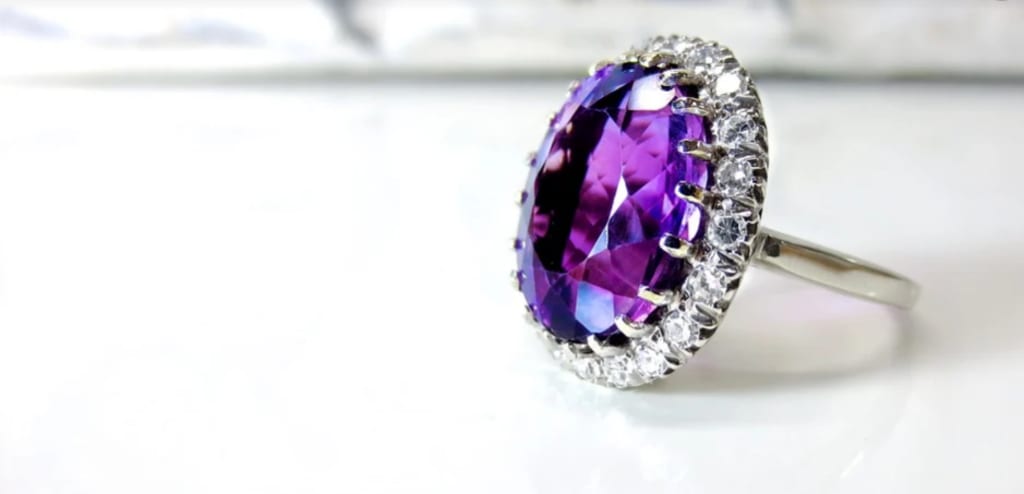The Future of Antiques
Are Millennials and Generation Z Interested in Antiques?

Millennials (born 1980 between 1996) and Generation Z (born 1997 onwards) have been brought up in a fast paced environment. With constant technological advancements, they are the first generations to grow up with the influence of the internet and social media. Antiques aren’t normally the first thing you associate with twenty-somethings, but recently, younger generations have become more interested in the world of vintage. Read on as we explore why millennials are turning to antiques and why previously it’s been difficult to engage them with them.
Influence of the Internet
If the so called ‘i-generation’ is comfortable anywhere, it’s online, and antique dealers have been able to capitalise on this. Going into a cramped antiques store can be intimidating, and it can prove difficult to find something you want. The rise of online auctions and social media have made buying antiques more accessible and easier to navigate. Finding your niche has been made simpler, a quick Google search can find you exactly what you’re looking for, instead of trawling through an entire store. In the UK, searches of antique furniture have gone up 12 per cent, a spike in intertest in antiques, in part, driven by the younger generations.
Even Netflix has influenced the Antiques and Vintage Market. Since the release of Stranger Things in 2016, there has been a renewed interest in Polaroid and vintage cameras. Nostalgia playing a key role in the purchases of antiques and introducing Gen Z to a whole new market, after growing up in a digital world.
Sustainability and Individuality
Millennials and Gen Z have been at the forefront of action to combat climate change. Inspired by the likes of Greta Thunberg, shopping sustainably has now become a key part of their lifestyle. Becoming more conscious of “fast furniture”, as people are increasingly frustrated with cheap, flat pack furniture. Antique Furniture is the epitome of sustainability, the idea of it being used again and again appeals to the younger generations.
Antique jewellery is experiencing a renaissance, as the number of early 20th century jewellery sold has increased by 72 per cent in recently. Younger people are now more interested in the back story of jewellery and how it can make them stand out. This was perfectly demonstrated with Lady Gaga’s 2019 Oscar look, where all the attention was on her antique 128.54 carat necklace, last worn by Audrey Hepburn in 1962. Obviously, most millennials aren’t buying 100 carat necklaces, but they are starting to turn to more sustainable and individual antique jewellery, over high street chains.
High Prices and Downsizing Boomers
For a long time, there appeared to be very little interest in antiques among younger people, partially due to the expense of buying them and the warped perception of what they are like.
There’s no denying that antiques can be pricey. Young adults in 2019 were financially weaker than they were in 2009, so forking out for new antique furniture is often not their number one priority. Millennials are mostly living in small, high rise flats, logistically, this makes it more difficult to manoeuvre antique furniture and even if they do manage to haul it upstairs, they then face the challenge of trying to fit it in their flat. However, all is not lost. Gen Z, grew up in the recession, so are more conscious with money, despite their younger age, they are a savvy generation. Furthermore, Gen Z are more conscious about how ethical their purchases are so in the future, antique and second-hand furniture could become the norm.
Ever since boomers moved into retirement, their kids left home, and they started downsizing, there has been an influx of low-demand products. Endless amounts of fine china, antique dolls, and gigantic brown furniture has led to an oversaturated market. Most millennials won’t accept these antiques for free, never mind pay a hefty price tag for it. They want only practical and ‘portable’ antiques, that can fit into their lifestyle, rather than more old-fashioned clunky pieces. The endless number of brown dressers has given some millennials the wrong impression of antiques as something that is stuffy, dusty and outdated. But online auctions and social media have started to break down this perception of antiques, as it easier to find more contemporary pieces, that fit in with modern life.
Antiques are on the rise. Popular with environmentally conscious teens and young adults wanting to stand out from the chain stores on the high street. Millennials and Generation Z have broken the stereotypes of antiques, by bringing them back into the mainstream, against all odds.
https://www.independent.co.uk/money/spend-save/young-adults-home-ownership-uk-savings-millennials-economy-a8569451.html
https://www.livingnorth.com/northeast/interiors/millennials-make-antiques-cool-again
https://www.cheatsheet.com/culture/the-most-hated-family-heirlooms-millennials-dont-really-want.html/
https://www.standard.co.uk/lifestyle/esmagazine/heirloom-jewellery-investment-a4141706.html
https://eu.usatoday.com/story/life/2019/11/18/millennials-gen-z-traditional-items-they-havent-killed/4180942002/
https://www.housebeautiful.com/design-inspiration/a29686336/stop-saying-millennials-killed-antiques/





Comments
There are no comments for this story
Be the first to respond and start the conversation.